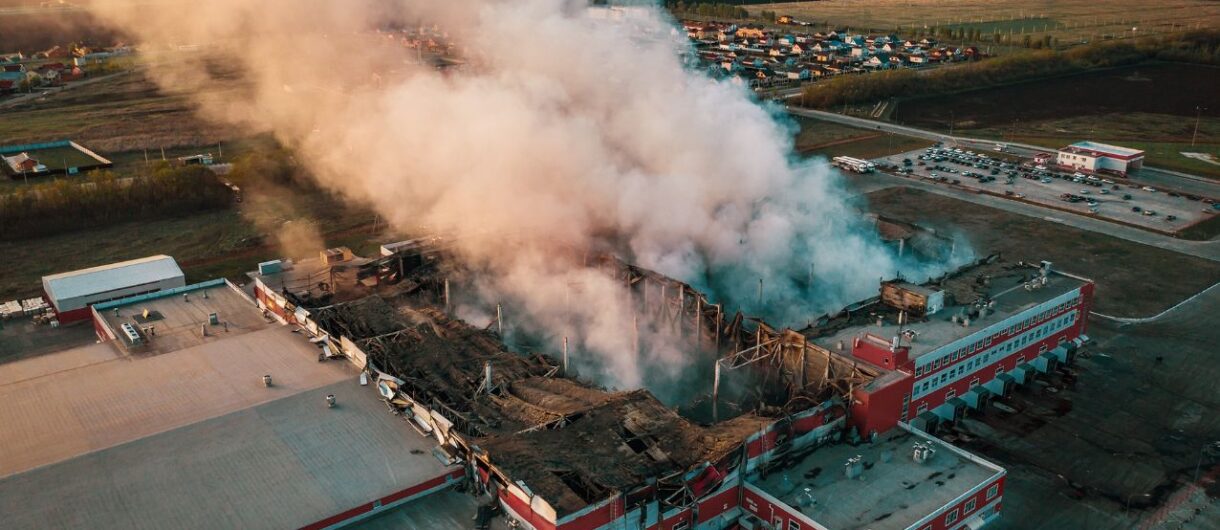
What is a SHEV system and how does it work?
Temperature control and smoke evacuation systems (SHEV) are protection systems against the risks that elements such as smoke can pose during a fire.
Smoke evacuation is key in preventing personal injury during a fire. For this reason, in this article, we will look at the reasons why it is vitally important to apply these systems and examine their functions and requirements.
⇢ Smoke: a risk factor in a fire
Smoke is one of the most dangerous elements in a fire and is the cause of 80% of fatalities when a building catches fire. During a fire, smoke and hot gases are produced that can spread easily, overrunning not only the burning spaces but also the escape routes.
The chance of smoke inhalation suffocation of people inside the building, coupled with the increased likelihood of structural damage due to high temperatures, makes smoke very dangerous.
In addition, because it hinders visibility and makes it difficult for firefighters to approach the fire, it is much more difficult to put out the fire.
For all these reasons, smoke, and its content of harmful gases, acids and other substances, is one of the greatest risk factors in a fire, one of the solutions in addition to SHEV for smoke control in a fire are smoke curtains that prevent the spread of gases produced by the fire.
⇢ Functions of a smoke control and evacuation system
SHEV systems, whose requirements are regulated by the UNE 23585, are Smoke Evacuation and Temperature Control Systems. A system with a mechanism responsible for offering escape routes to the smoke that forms during a fire, ensuring that the occupants can use the escape routes safely.
On the other hand, they fulfill the function of facilitating the extinction of the fire in different ways.
First, by preventing the temperature of the building from increasing in such a manner that there is a greater risk of the fire spreading to other areas, or of the structure weakening.
Second, they play a fundamental role in the work of the firefighters themselves, since they improve the visibility of the operators, who can act with greater precision and less risk.
In addition to their explicit use in the event of a fire, the SHEV systems fulfill the function of ventilating the building on a daily basis, naturally lighting the spaces and improving the sustainability of the construction.
⇢ Goals of a SHEV system
From the above, we can say that this type of system has the following goals:
- Evacuating smoke.
- Evacuating high temperatures to reduce their effects on the structure.
- Containing the smoke so that it does not spread to other areas.
- Reducing damage to objects and people.
- Facilitating the evacuation of occupants.
- Facilitating the rescue and extinction work of firefighters.
- Reducing the chances of flashover or sudden general combustion.
As we have analyzed, the role of SHEV systems is essential to prevent the fire from spreading and causing irreversible damage to people and the building. Do you want us to help you protect your building against fire? Talk to us.